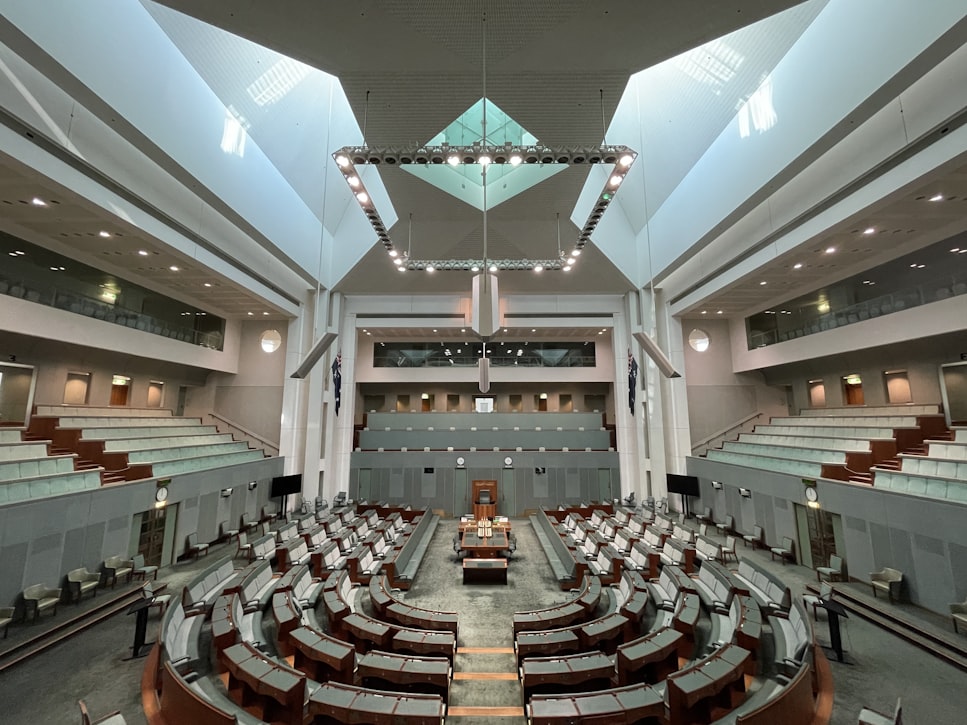The announcement of a is welcome news for a region torn apart by more than a year of warfare. Hopefully when implemented, the ceasefire will offer some respite for both Lebanese and Israeli civilians.
Author
- Marika Sosnowski
Postdoctoral research fellow, The University of Melbourne
The deal at 4am local time on Wednesday. However, the previous 24-48 hours had seen a dramatic in violence on both sides. This is part of a well-established pattern in warfare in which fighting increases in intensity just before a ceasefire comes into force.
My has shown that while ceasefires may be the least-worst option we have to reduce violence during wartime, they are certainly not a panacea.
Specifically, I study the terms and power dynamics of ceasefires to better understand some of their less obvious consequences. Here are four questions and concerns I have about the current Israel-Hezbollah ceasefire.
1. What happens after 60 days?
The ceasefire agreement reportedly has that aim to stop the hostilities between Israel and Hezbollah for 60 days.
This would, in theory, allow for displaced from southern Lebanon and displaced from northern Israel to return to their homes.
Returning Israelis to their homes in the north has been one of Israeli Prime Minister Benjamin Netanyahu’s war aims. Thousands of Israelis from the north have been housed in hotels across the country for more than a year at great expense to the government, so there is also a large economic incentive to make this deal happen.
However, given the relatively short timeframe and the fragile nature of the ceasefire, it remains to be seen whether civilians on both sides will take the opportunity to return home.
Additionally, the destruction in southern Lebanon is , making it difficult for people to return within the relatively short timeframe of the truce.
While US President Joe Biden and his French counterpart Emmanuel Macron have said the ceasefire will provide the for a “lasting calm”, the terms of the ceasefire provide no details on what will happen at the end of the 60-day period.
2. The conflict could expand to Syria
A number of the terms are concerned with limiting Hezbollah’s ability to rearm during the ceasefire. This includes the dismantling of all unauthorised infrastructure and weapons production facilities in southern Lebanon.
Hezbollah’s main patron, Iran, channels weapons to Hezbollah through Syria. The terms of the ceasefire raise the possibility that Israel will conduct more airstrikes inside Syria to ensure weapons from Iran do not reach Hezbollah.
While this is not explicitly authorised under the terms of the ceasefire or international law, the deal provides Israel with some justification for taking such action. It can argue it is enforcing the terms of the ceasefire by not allowing Hezbollah to rearm via weapons shipments from Iran.
Already in the wake of the ceasefire announcement, Israel sites on Lebanon’s northern border with Syria for the first time, presumably as a way to curb Iran’s influence.
3. Lack of detail on troop withdrawal
In many ways, the ceasefire is based on , which ended the 2006 war between Hezbollah and Israel.
It’s ironic the terms of the ceasefire recognise the importance of this resolution when Israel has largely other UN resolutions calling for a ceasefire in Gaza.
And arguably, resolution 1701 was never fully by either Israel or Hezbollah.
Another term of the agreement says Israel will gradually withdraw its troops from southern Lebanon over the 60-day period.
During this time, Lebanese Army and state security forces will become “the only entities authorised to carry weapons or deploy troops” in the area south of the Litani River. Al Jazeera has that Israel insists Hezbollah dismantles and leaves southern Lebanon before any Israeli soldier withdraws.
Given the ceasefire provides no specific detail on logistics, it remains to be seen whether and how the Israel Defense Forces will withdraw its troops. Additionally, the Lebanese Army and security forces are generally as being hugely underfunded, as well as unable and/or unwilling to challenge Hezbollah’s primacy in Lebanon.
Further, another of the ceasefire says the US will support indirect negotiations between Israel and Lebanon to achieve an internationally recognised delineation of their border.
The explicit mention of negotiations on the border suggests it may change as a result of the ceasefire. This could mean Israel may seek to retain and hold new territory as a result.
4. What about Gaza?
Netanyahu has the ceasefire will enable Israel to focus its efforts on Hamas fighters in Gaza and his top security concern, Iran.
Other have called the ceasefire “a game-changer” that would show Hamas that the conflicts in Gaza and Lebanon were de-linked.
Hezbollah had previously it would not agree to a ceasefire until the war in Gaza ended. This new deal presumes this condition has been dropped.
Some have a ceasefire with Hezbollah may put additional pressure on Hamas to agree to a deal with Israel regarding the release of the remaining Israeli hostages it holds.
However, this overlooks the fact Hamas has been to make a ceasefire deal in the past, while the Israeli government has negotiations by adding new terms at the last minute.
Further, Qatar was frustrated to such a degree by an “unwillingness to engage” and “lack of good faith” from both sides, it recently as a mediator between the parties.
The ceasefire between Israel and Hezbollah should not take attention away from the fighting in Gaza, nor the horrific and dire humanitarian situation there.
It remains to be seen how the war in Gaza will play out. Will Israel move forward with a more formal occupation of parts of the enclave, as ? Or will the ceasefire with Hezbollah serve to isolate Hamas to the extent it feels it has even less to lose than it – and the Palestinians – already have?
![]()





